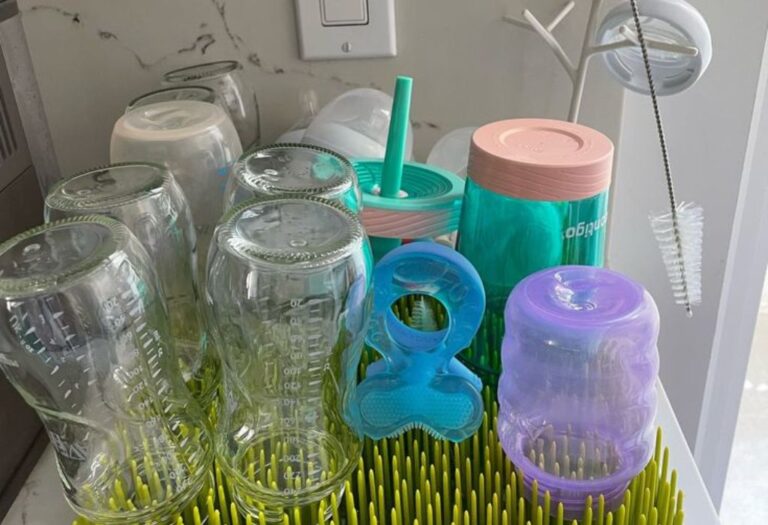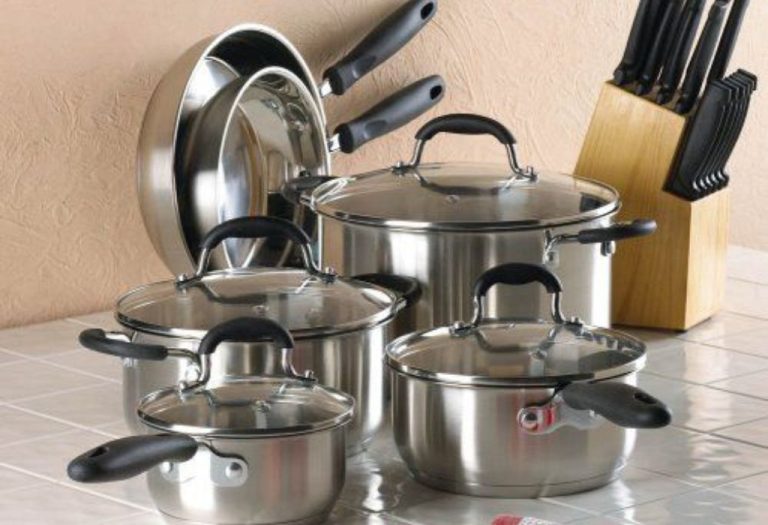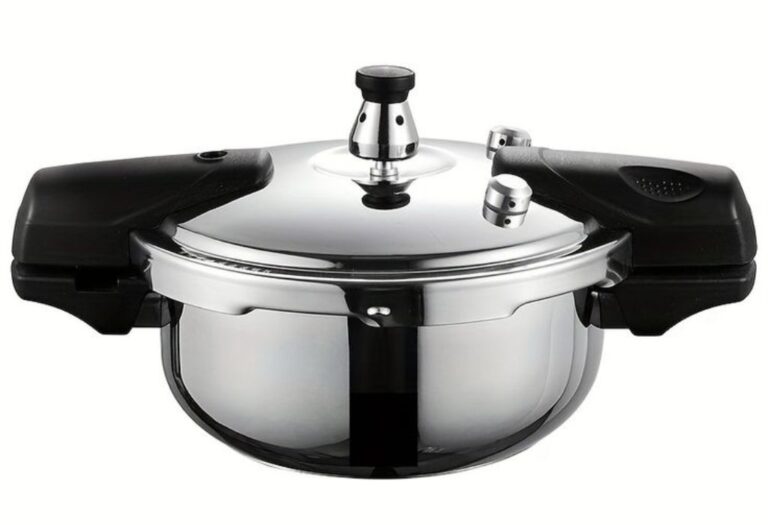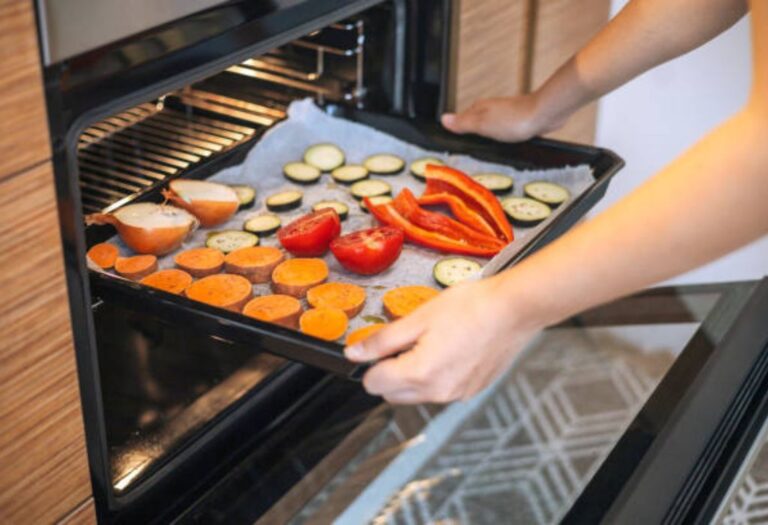A gleaming glass top stove promises modern elegance in the kitchen. Yet that sleek surface can become scratched, cracked, or marred by the wrong cookware—raising the problem of whether porcelain enamel pans pose a risk. Could this cookware damage the smooth surface—or might it actually help preserve it—and still deliver precise, reliable cooking?
Imagine heating a casserole dish only to worry that every drag or slide might mar the glass. That kind of worry can turn cooking into a cautious chore rather than an enjoyable routine. The benefit of clear guidance includes cooking with confidence while protecting a valuable appliance investment.
Nearly 40 percent of electric smooth top cooktops fail prematurely due to surface damage, making proper cookware selection essential. A carefully chosen pan can extend the glass top’s life and maintain its flawless aesthetic. The average stove lasts over 14 years when paired with compatible, well-maintained cookware yukee-appliance.com.
What Is Porcelain Enamel Cookware?
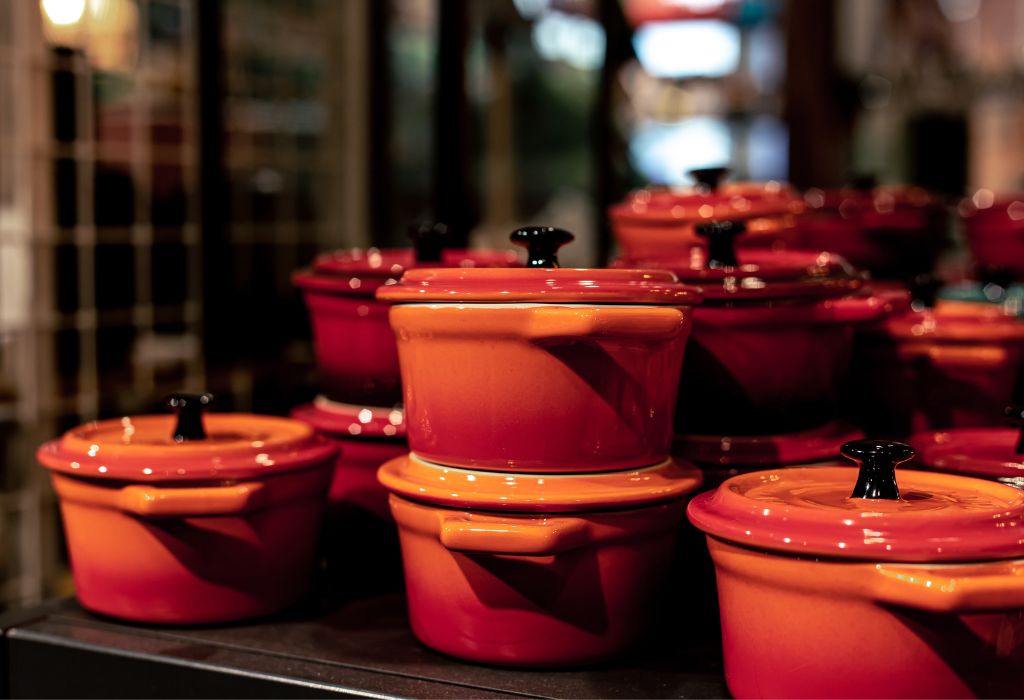
Porcelain enamel cookware is made by fusing a glass-like coating onto a metal base, typically cast iron or steel. The enamel layer creates a smooth, non-porous surface that resists sticking, staining, and corrosion.
The process involves melting powdered glass at high heat until it bonds permanently to the metal beneath. This creates a durable finish that combines the heat retention of metal with the easy cleaning and non-reactive qualities of glass.
Porcelain enamel cookware stands out for its versatility. It can go from stovetop to oven to table without losing performance or aesthetic appeal.
Unlike uncoated cast iron, enamel cookware does not require seasoning and will not react with acidic foods like tomatoes or citrus. This makes it ideal for modern kitchens looking for both function and beauty.
When used on glass top stoves, the key benefit lies in the flat, smooth base common to most enamel pieces. This allows efficient heat transfer while minimizing the risk of scratches, provided the cookware is handled carefully.
Recent market reports highlight steady growth in enamel cookware demand, driven by rising interest in durable, low-maintenance kitchen tools (Statista data).
What is porcelain enamel cookware made of?
It consists of a metal core such as cast iron or steel coated with a fused glass enamel layer.
Is porcelain enamel the same as ceramic?
No, ceramic is pure clay, while enamel cookware combines metal strength with a glassy coating.
Why do people love porcelain enamel cookware?
It offers durability, easy cleaning, and a stylish finish suitable for everyday cooking.
Does it work on all stove types?
Yes, it is compatible with gas, electric, induction, and glass top stoves.
Is it dishwasher safe?
Most brands recommend hand washing to preserve the enamel finish.
How Glass Top Stoves Work (And Why Cookware Matters)
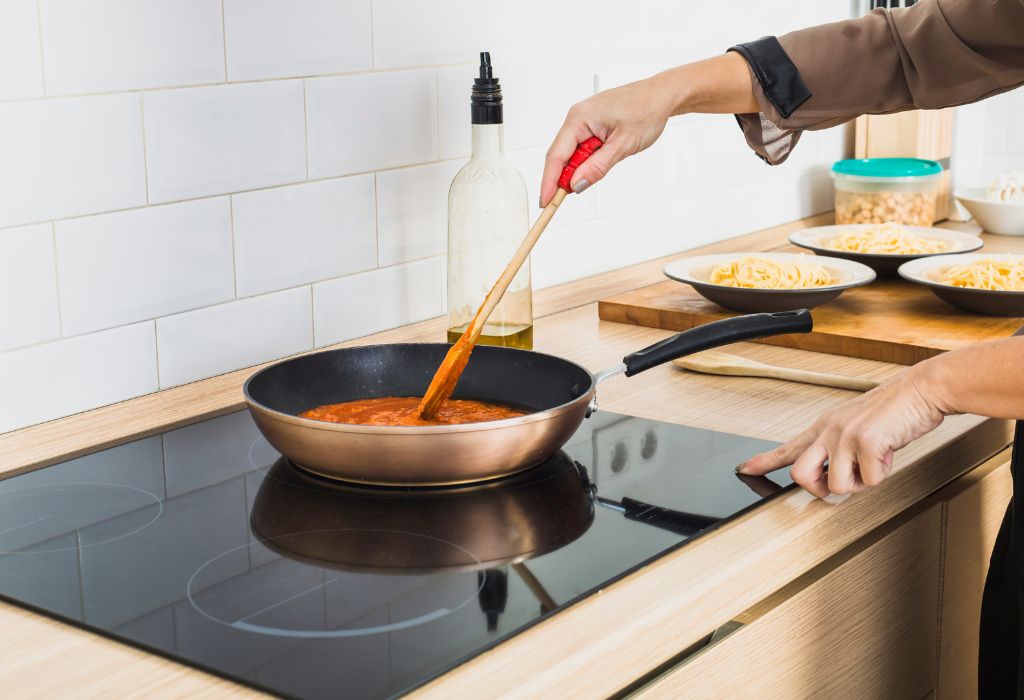
Glass top stoves use either radiant electric coils or induction elements beneath a smooth ceramic-glass surface. Radiant models heat the surface first, while induction units transfer heat directly to the cookware using electromagnetic energy.
This design creates a flat, modern cooking area that is easy to clean and visually appealing. However, the same sleek surface is vulnerable to scratches, cracks, or heat damage if the wrong cookware is used.
The efficiency of a glass top stove depends heavily on the cookware’s bottom surface. Flat, smooth, and stable-bottom cookware ensures even heat transfer, reducing hot spots and improving cooking performance.
Heavy or rough-bottom pans can damage the delicate surface. Dragging or sliding them across the glass may leave scratches or even cause breakage over time.
Glass top stoves also respond best to cookware that matches the burner size. Oversized or undersized pans can waste energy and lead to uneven cooking results.
Studies show that flat-bottom cookware improves heat transfer efficiency by up to 25 percent compared to warped or uneven pans (Energy.gov). This makes cookware choice critical for performance, safety, and longevity.
Do glass top stoves need special cookware?
Yes, cookware with flat, smooth bottoms prevents scratches and improves heat transfer efficiency.
Can heavy pots damage glass tops?
Yes, dropping or sliding heavy pans can crack or permanently damage the stove surface.
Does cookware material affect heating time?
Absolutely. Stainless steel, porcelain enamel, and cast iron transfer heat differently, impacting cooking speed.
Are induction and radiant glass tops the same?
No, induction uses electromagnetic energy, while radiant models rely on heated coils beneath the glass.
What shape of cookware is best for glass stoves?
Cookware with perfectly flat, stable bases ensures the best heat distribution and safety.
Can Porcelain Enamel Cookware Be Used on Glass Top Stoves?
Porcelain enamel cookware can be used on glass top stoves safely if certain precautions are followed. Its flat, smooth bottom makes it compatible with both radiant and induction glass top surfaces when handled properly.
The enamel coating prevents the metal core from reacting with food while offering even heat distribution. It also makes cleaning easier, as most spills wipe away without harsh scrubbing.
However, weight and thermal shock are important considerations. Heavy enamel cookware can crack the stove if dropped, and sudden temperature changes can damage both the pan and the glass surface.
Experts recommend lifting rather than sliding cookware to avoid scratches. Additionally, preheating gradually instead of using the highest setting reduces the risk of warping or enamel cracking.
Using cookware that matches the burner size improves energy efficiency and reduces hot spots. Choosing high-quality enamel pans with flat, stable bottoms ensures long-lasting performance.
Research by the U.S. Department of Energy suggests that proper cookware choice can improve cooking efficiency by up to 20% (Energy.gov). This makes using compatible cookware both a safety and a cost-saving measure.
Is porcelain enamel cookware safe for glass tops?
Yes, it is safe when used carefully, avoiding sliding or sudden impacts.
Will enamel chip if overheated?
Yes, prolonged overheating or rapid temperature changes may cause enamel to crack.
Do all brands work equally well?
No, higher-quality brands typically have flatter, smoother bottoms for better compatibility.
Does the weight matter on glass stoves?
Yes, heavy cookware should be placed gently to prevent surface damage.
Can enamel cookware improve cooking performance?
Yes, it heats evenly and maintains temperature, improving cooking results on glass surfaces.
Benefits of Using Porcelain Enamel Cookware on Glass Top Stoves
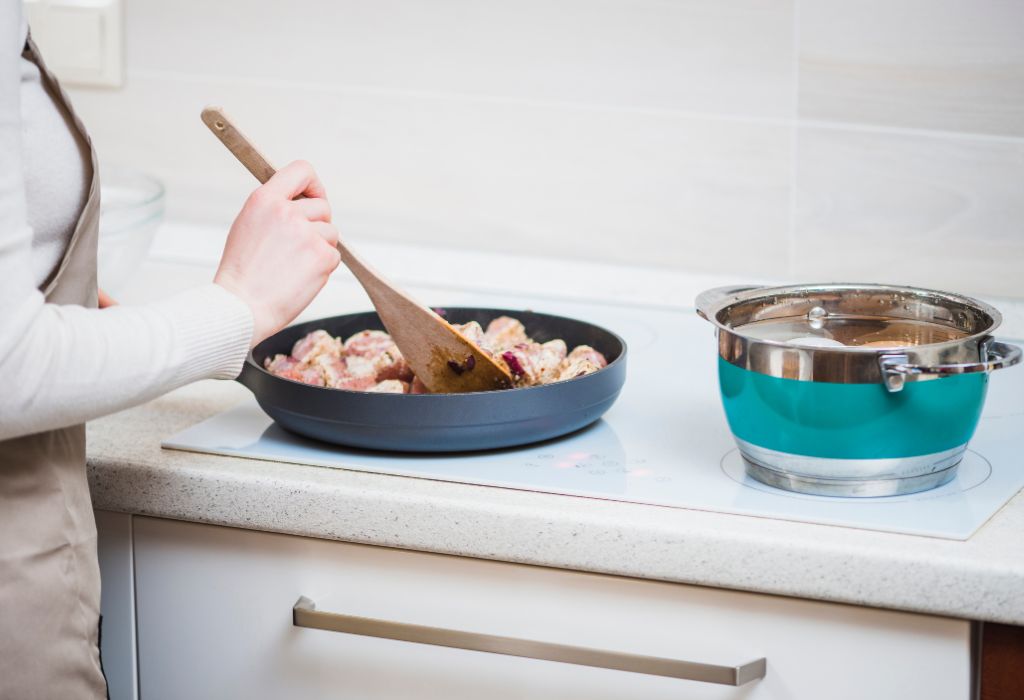
Porcelain enamel cookware offers multiple advantages when paired with glass top stoves. Its smooth, non-reactive surface makes it safe for cooking all types of foods, including acidic dishes like tomato sauces.
The enamel coating prevents food from sticking and eliminates the need for harsh cleaning methods. This helps preserve both the cookware and the delicate glass surface underneath.
Another key benefit is even heat distribution. The metal core, often cast iron or steel, retains and spreads heat uniformly, reducing hot spots that can burn food.
Energy efficiency also improves because stable, flat-bottomed cookware maximizes surface contact with the heating element. This reduces cooking time and lowers electricity usage.
Aesthetically, enamel cookware brings vibrant colors and a glossy finish to modern kitchens. Many homeowners value the combination of performance and style when investing in quality cookware.
Studies show that using properly matched cookware on smooth top stoves can extend the appliance’s lifespan by several years (Consumer Reports). This makes choosing compatible cookware a practical long-term decision.
Does enamel cookware heat evenly on glass tops?
Yes, the metal core distributes heat consistently across the cooking surface.
Is it energy efficient?
Yes, flat-bottom cookware improves contact with the burner, reducing energy waste.
Does it reduce the risk of burns?
Yes, because even heating prevents hot spots that can scorch food or cookware.
Will it last for years?
Yes, with proper care, enamel cookware retains its performance and appearance for decades.
Does it look attractive in the kitchen?
Yes, it comes in a variety of colors and finishes that suit modern décor.
Risks and Precautions (Avoiding Damage)
While porcelain enamel cookware works on glass top stoves, certain risks must be managed carefully. Its weight, for example, can crack the surface if dropped or placed too roughly.
Dragging cookware across the stove can leave permanent scratches. The smooth glass surface is durable but not immune to damage from friction or impact.
Thermal shock is another concern. Pouring cold water into a hot enamel pot or rapidly changing burner temperatures may cause the enamel to chip or crack.
Using cookware larger than the burner size can lead to uneven heating and wasted energy. It also raises the risk of overheating parts of the pan that extend beyond the heat source.
Following proper cleaning methods is also essential. Abrasive scrubbers can scratch both the enamel surface and the glass top if used carelessly.
How to prevent scratches on glass top stoves?
Lift cookware instead of sliding it across the surface.
What about temperature shock?
Avoid sudden temperature changes by allowing cookware to cool gradually.
Can enamel chip off if mishandled?
Yes, dropping or overheating enamel cookware can cause chips and cracks.
Does cookware size matter?
Yes, cookware should match the burner size for even heating and safety.
Should cleaning be done with special products?
Yes, use soft cloths and stove-safe cleaners to avoid surface damage.
Expert Tips for Safe Cooking with Porcelain Enamel on Glass Tops
Using porcelain enamel cookware on glass top stoves safely requires a few simple but important practices. Start by always choosing cookware with a completely flat and smooth base to ensure maximum surface contact and prevent scratches.
Heat cookware gradually rather than turning the burner to the highest setting right away. This reduces stress on both the glass top and the enamel coating.
Keep both the stove and the cookware bottoms clean before cooking. Small particles of food or grit can act like sandpaper, scratching the glass surface if pans are slid across it.
Lift, never drag, cookware when repositioning it on the stove. Even small scratches can become more visible over time and affect both appearance and performance.
Finally, consider using protective pads or stove covers designed for smooth tops. These add a layer of safety without affecting heat transfer if used correctly.
What pan bottoms are best?
Flat, smooth, and stable-bottom cookware ensures even heating and reduces scratching risks.
Should you use stove protectors?
Yes, silicone mats or protective covers can help prevent accidental surface damage.
Is pre-heating okay on glass tops?
Yes, as long as the temperature is increased gradually rather than suddenly.
Does cookware weight matter for safety?
Yes, heavier cookware should always be handled with extra care to avoid cracks or breaks.
Can regular cleaning prevent damage?
Yes, keeping the stove free from food debris prevents accidental scratches while cooking.
Alternative Cookware Options for Glass Top Stoves
While porcelain enamel cookware works well on glass top stoves, several other cookware materials offer excellent compatibility and safety. Stainless steel is one of the most recommended options because it combines durability, heat efficiency, and a smooth, scratch-resistant surface.
Hard-anodized aluminum is another popular choice. It heats quickly and evenly while maintaining a lightweight design that reduces the risk of cracks or damage to the glass top.
Carbon steel cookware provides many of the same benefits as cast iron but in a lighter form. It heats evenly, handles high temperatures well, and offers a smooth cooking surface when properly seasoned.
Non-stick cookware can also be a good option if it has a flat, stable bottom and a high-quality coating that does not peel easily. Quality is critical since cheaper non-stick materials may degrade quickly under high heat.
Selecting the right cookware material depends on factors like cooking style, weight preferences, and maintenance needs. Properly chosen cookware not only protects the stove but also enhances the cooking experience.
What is the safest cookware for glass stoves?
Stainless steel and porcelain enamel are generally the safest and most reliable choices.
Are cast iron pans bad for glass stoves?
They can be used carefully but are heavy and can scratch or crack the surface if mishandled.
Do non-stick pans work well on glass tops?
Yes, as long as they are high-quality with flat bottoms that heat evenly.
Is hard-anodized aluminum a good option?
Yes, it combines lightweight design with even heating and durability.
Does carbon steel perform well on glass stoves?
Yes, it offers excellent heat control and a smoother surface than traditional cast iron.
Maintenance Tips for Long-Lasting Stove & Cookware

Proper maintenance extends the life of both porcelain enamel cookware and glass top stoves. The goal is to prevent scratches, maintain efficiency, and preserve the visual appeal of both surfaces.
Always let cookware cool before cleaning to avoid thermal shock that can damage enamel. Sudden temperature changes are one of the leading causes of cracks in both cookware and glass tops.
Use mild dish soap and soft sponges for regular cleaning. Abrasive scrubbers or harsh chemicals can scratch the enamel coating and dull the glass stove surface over time.
Wipe the stove after every cooking session to prevent burnt food residue from sticking. Stubborn spots can be removed with a paste of baking soda and water instead of abrasive pads.
Investing in specialized glass stove cleaners can keep the surface looking new while preventing long-term buildup that affects cooking performance.
How to clean porcelain enamel cookware?
Use warm soapy water and a soft sponge to avoid scratching the surface.
What about stubborn stains on cookware?
A paste of baking soda and water or vinegar can help remove tough spots safely.
How to clean glass top stoves safely?
Use non-abrasive cleaners designed specifically for glass stovetops.
Can dishwashers damage enamel cookware?
Yes, hand washing is recommended to preserve the enamel coating.
How often should deep cleaning be done?
Weekly cleaning prevents buildup and keeps both cookware and stoves in top condition.
Conclusion
Porcelain enamel cookware can be safely used on glass top stoves when handled properly. Its smooth, flat surface ensures compatibility, while even heat distribution and easy maintenance make it a valuable addition to modern kitchens.
The key to long-lasting performance lies in following safety precautions. Lifting cookware instead of sliding, avoiding sudden temperature changes, and keeping both the cookware and stove clean can prevent scratches, cracks, and other damage.
Exploring alternatives like stainless steel or hard-anodized aluminum gives homeowners more options for durability, efficiency, and safety. Choosing quality cookware protects the stove, enhances cooking performance, and saves energy over time.
Ultimately, investing in the right cookware and caring for it properly ensures that your glass top stove remains both functional and visually appealing for years to come. Start cooking with confidence by pairing the right tools with the right techniques.
I’m Emma J. Caldwell, the founder, lead writer, and home-cooking enthusiast behind KitchenGuideCo.com. With a background in culinary arts and over a decade of cooking experience in both professional and personal kitchens, I created this platform to demystify recipes, offer smart kitchen gadget reviews, and guide readers through meal prep with confidence and clarity.

